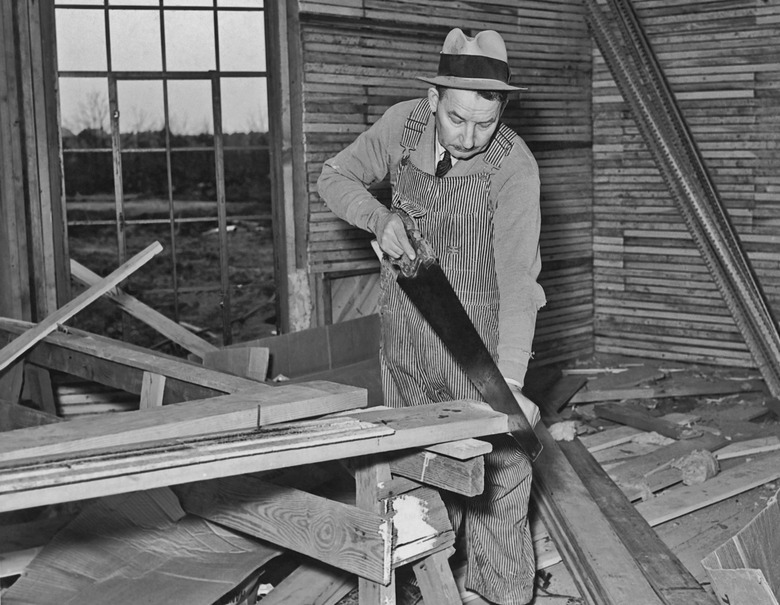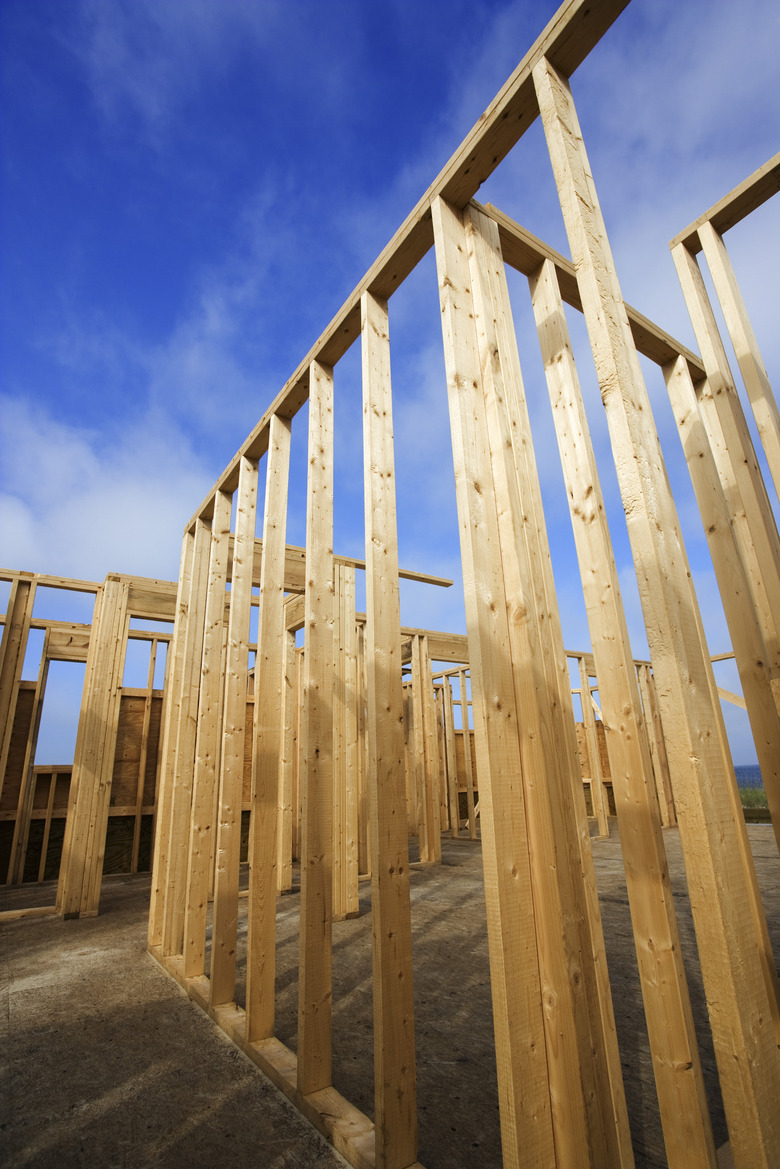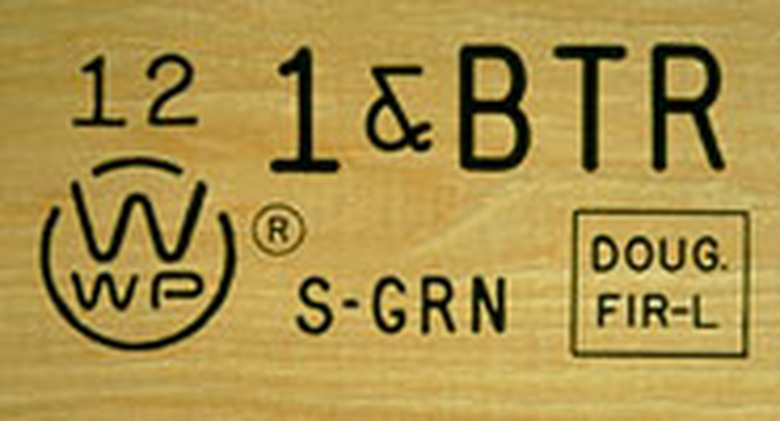A Homeowner's Guide To Construction Lumber
Construction lumber is the basic wood material you use to build stuff, from walls to sheds to doghouses. Sometimes called dimensional lumber, construction lumber generally includes boards that are 2 to 4 inches thick and 2 to 12 inches wide. It also comes in a few different grades and in several wood species. For some projects, you might not pay much attention to the grade or wood type, but you always want to be aware of lumber sizing, which can be confusing at first.
Common Lumber Sizes
Common Lumber
Sizes
Builders often refer to construction lumber as "two-by," as in 2 x 4, 2 x 6, 2 x 10, etc. This distinguishes construction lumber from "one-by," or "board lumber," such as 1 x 4, and from hardwood lumber and other wood building materials, like plywood. Common sizes of two-by lumber include:
- 2 x 2
- 2 x 4
- 2 x 6
- 2 x 8
- 2 x 10
- 2 x 12
The first number indicates the board's thickness, and the second number is the board width. Construction lumber for household projects also may include 4 x 4 posts. But generally, anything larger than 4 inches, including 4 x 6s, 6 x 6s, or 8x 8s, is typically called a timber. Note that all of these dimensions refer to the nominal size, or the size in name only. The actual size usually is different.
Nominal vs. Actual Size
Nominal vs.
Actual Size
Nominal size is what lumber is called (and the name by which it is sold); actual size is what it actually measures. When boards are first cut from a tree, they measure relatively close to their nominal size, but by the time they're dried and planed smooth, they're quite a bit smaller. On top of this, not all lumber is consistently sized. Two 2 x4 s from the same stack at the lumberyard often have slightly different dimensions. So it's always a good idea to measure.
Standard nominal and actual sizes are as follows:
- 2 x 2 measures
1 1/2 x 1 1/2 inches - 2 x 3 measures
1 1/2 x 2 1/2 inches - 2 x 4 measures
1 1/2 x 3 1/2 inches - 2 x 6 measures
1 1/2 x 5 1/2 inches - 2 x 8 measures
1 1/2 x 7 1/4 inches - 2 x 10 measures
1 1/2 x 9 1/4 inches - 2 x 12 measures
1 1/2 x 11 1/4 inches - 4 x 4 measures 3
1/2 x 3 1/2 inches
Lumber Grading
Lumber Grading
While board lumber and hardwood carry grades indicating surface appearance, grades for construction lumber primarily indicate the board's strength and, secondarily, its appearance. Strength (and strength-related factors, such as elasticity) is important when lumber is used for structural applications, such as when building floor, wall or roof frames. Grade is commonly specified in span tables for floor joists and roof rafters. With non-structural applications, lumber strength is not an important consideration, and any common grade will suffice.
If you're using span tables, you'll need to pay attention to the specified "structural" grades, which include (from strongest to weakest) Select Structural, No. 1, No. 2 and No. 3. But if you're just grabbing some boards at your local lumberyard or home center, chances are you'll find only three "light framing" grades:
-
Construction—for
general structural and non-structural applications; best appearance and strength. -
Standard—for general
structural and non-structural applications; appearance and strength are a step
down from Construction grade. -
Utility—for
blocking and other piecemeal applications; appearance may be poor. -
Economy—a step
down from Utility, with similar applications. -
Stud—a common
grade on 2 x 4 lumber, indicating suitability for vertical studs in load-bearing
and non-load-bearing walls.
Wood Types
Wood Types
Virtually all construction lumber is softwood, as opposed to hardwood. Generally, the wood species used for lumber is not a critical factor, although certain species (and their equivalents) may be specified in span tables because different woods have different performance characteristics. The most common wood species used for construction lumber are pine, Douglas fir, hemlock, larch and spruce. What's available at your local lumber outlets primarily depends on your area.
In addition to the standard local offerings, many lumber suppliers carry (or can order) Southern Yellow Pine (SYP), a generally high-quality grade of pine that's more attractive than most standard construction lumber types. SYP costs more than standard lumber and is usually reserved for projects where appearance counts, such as decks and outdoor furniture or landscape structures.
Standard, non-treated construction lumber is intended for indoor use or where it is protected from moisture. For outdoor projects that will be exposed to weather or any structure that contacts soil or concrete (or other masonry), use pressure-treated construction lumber.


